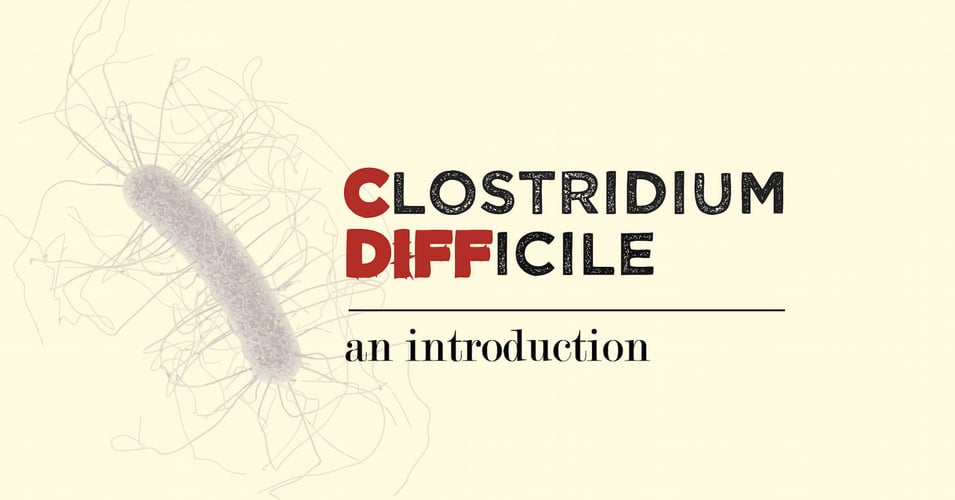What is an FDA Class II 510(k) Safety Clearance?
%20safety%20clearance-01.jpg?width=950&name=510(k)%20safety%20clearance-01.jpg)
Usually we discuss products that fall under the Environmental Protection Agency (EPA) in this blog, including disinfectants, cleaners, and biocidal surfaces. With the growth in UV light products, however, it's also important that we learn about how these devices are regulated, specifically, as medical devices. A medical device is typically an instrument (including implants) or in vitro reagent used to prevent, diagnose or treat a disease (in man or other animals) that uses mechanical rather than chemical (unmetabolized) means to achieve its purpose. In today's post, we'll look at one particular clearance as a way to unpack the basics in medical device regulation.
First, let's look at the Food and Drug Administration's (FDA) basic medical device categories. These classes are based on how to use the devices safely.
Class I: Low to moderate risk devices such as bandages, handheld instruments, nonelectric wheelchairs. These devices are usually exempt from regulations but some require a 510(k). They must still comply with quality control standards.
Class II: Moderate to high risk devices such as CT scanners, IVs, and UV disinfecting technology. These devices usually require a 510(k) but are sometimes exempt.
Class III: Highest risk devices that are life-sustaining (or life-threatening if misused) such as pacemakers, defibrillators, and implanted prosthetics. These devices require a premarket approval (PMA), an extensive review process involving clinical data.
Now let's consider the 510(k), otherwise known as a Premarket Notification, which results in a "510(k) safety clearance." Some Class I devices and most Class II devices, including all UV technology, must meet 510(k) requirements before they can be marketed or sold. These products must demonstrate that they are safe and effective by demonstrating that they are "substantially equivalent to a legally marketed device" commonly known as a "predicate". If a product has met 510(k) safety clearance, it has simply been shown to be substantially equivalent to one already on the market. If the product is completely new or a significant change from a predicate, the product must be submitted through the De Novo classification process.
Does this mean that the product is safe and effective to use? In most cases, you can assume that it is at least as safe and effective as the predicate. This decision is based on the submission of bench science, clinical data, performance testing, and other independent and internal testing. Let's consider UV technology FDA requirements as an example. In general, the FDA requires UV technology to specify the exact wavelength range produced, and give the user the ability to control the exposure time. Efficacy is measured by log reduction, but the manufacturer can pick the tested pathogen.
What should I know about UV efficacy? In general, UV efficacy depends on the dose and wavelength of the radiation. The wavelength that works against one pathogen may not work against another. For example, 200-320 nm is an effective UV wavelength for fungal spores, but each species has a wavelength that is most effective. In addition to the variability of wavelengths required, the following are commonly accepted as significant hurdles for UV technology:
-
- Organic matter on a surface
- Shadowing, when UV rays don't reach surfaces not in direct line-of-sight
- Organism repair after UV irradiation if not at sufficient wavelength or dose
- Lack of standardization makes determining wavelength and dose difficult
- Degradation of materials due to ongoing exposure to UV radiation, especially plastics
- Human health risks, especially unknown risks
![EOScu Logo - Dark - Outlined [07182023]-01](https://blog.eoscu.com/hubfs/Eoscu_June2024/Images/EOScu%20Logo%20-%20Dark%20-%20Outlined%20%5B07182023%5D-01.svg)




